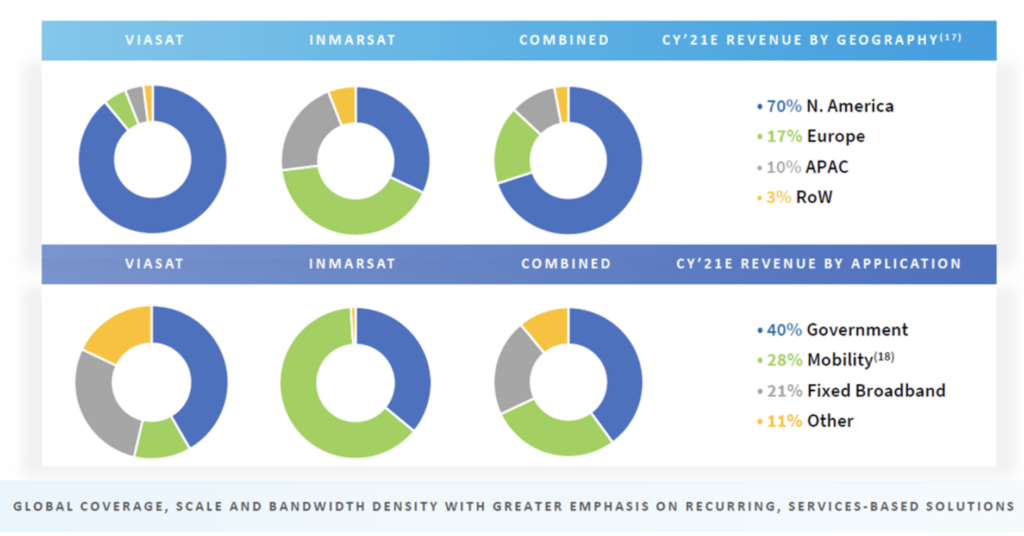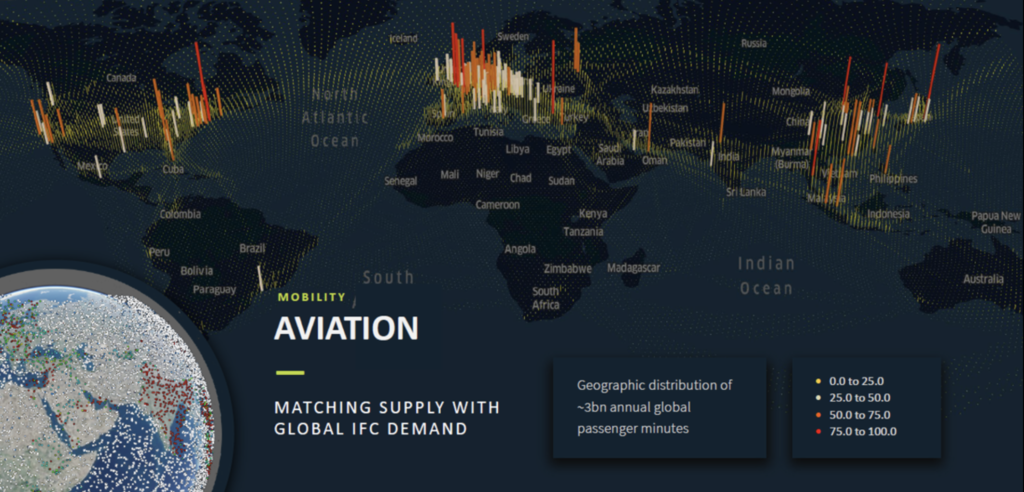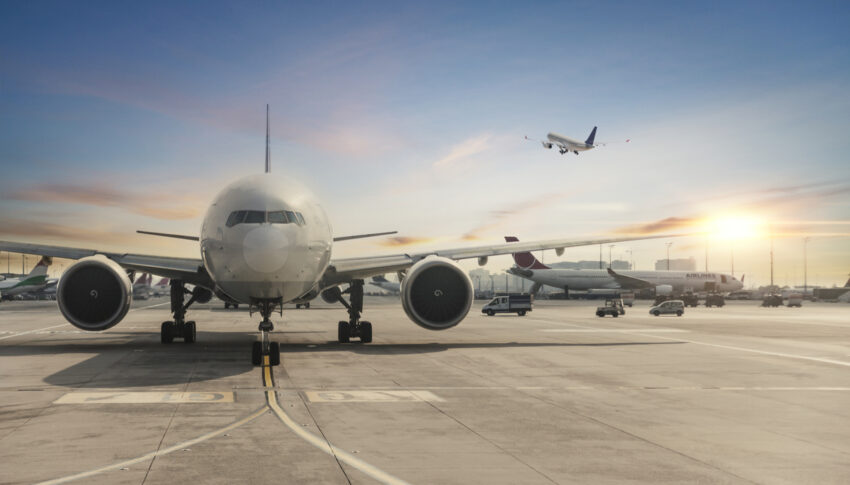US connectivity provider Viasat is purchasing its UK rival Inmarsat for US$7.3bn, combining the two companies’ networks and ending the question of capacity-versus-coverage that has been the hallmark of the past decade of passenger and operational inflight connectivity.
Beyond the seismic changes in the provider landscape — Inmarsat had in recent years been dominating in connectivity outside North America with its global Ka-band satellite connectivity service called Global Xpress in the commercial world, and Jet ConneX in business aviation, while Viasat set the standard with its Ka-band, launched with JetBlue and then rolled out to other carriers. The move will accelerate the global availability and adoption of the Internet of Thingsand the digitalisation agenda for airline operations and for passengers. The deal is expected to close in the second half of 2022.

In aviation terms, the two companies, their nineteen satellites (plus ten to come), and their technologies are very well-matched, particularly with Ka-band, which is presently something of a gold standard for inflight connectivity.
Viasat’s strength comes from its North American satellites in its bar-setting Ka-band service covering that region, while working with partners like Australia’s NBN and Eutelsat in Europe for what have largely been seen as slightly less successful regional services. Its promises have mostly revolved around delivering the North American experience globally with the launch of its next generation of satellites, Viasat-3.
Since the two Ka-band networks are compatible, acquiring Inmarsat accelerates the potential fulfilment of Viasat’s global coverage promises substantially. This may well leave airline customers scrambling to speed up plans they had intended to execute once Viasat global coverage became available, to avoid being left behind by the competition.
Inmarsat is quite the juicy prize thanks to its three aviation technology pillars: its legacy L-band SwiftBroadband service, now essentially useful only for safety but very useful in that niche, and with a complementary piece of Viasat beamforming technology that can extend its life further; its Global Xpress Ka-band satellites, the first global-coverage Ka-band network, and its S-band satellite capability that makes up part of the hybrid satellite-ground European Aviation Network with Deutsche Telekom.
To these geostationary earth orbit (GEO) satellites add the forthcoming generation of low earth orbit (LEO) constellations, as well as hybrid solutions for which the European Aviation Network is something of a pathfinder.
Merging the two companies capacity-vs-coverage strengths comes at a particularly synergistic time, not least because they have ten major satellite launches over the next three years. Inmarsat is in the process of rolling out targeted capacity to high-demand areas for its global-coverage Ka-band Global Xpress network, while Viasat is in the opposite situation, rolling out global-coverage Ka-band Viasat-3 satellites to augment its regional strengths.
The combined company is focusing on key ‘spike’ areas of demand with density of coverage over the world’s largest cities and urbanised areas. “We’ve made the point that fixed user demand is highly concentrated, with close to 95% of all demand located on less than 5% of the Earth’s surface,” Viasat chief executive officer Mark Dankberg emphasised in a briefing announcing the deal, releasing a new hotspot map from pre-COVID FlightAware data that shows the concentrations of aviation demand.

The deal is, of course, subject to approval by shareholders and regulators. Perhaps anticipating the latter challenge — given that the deal is essentially a US company buying a UK company — Viasat highlighted in its release that it “plans to build on Inmarsat’s presence in the UK and is committed to preserving and growing the investment of the combined company in UK space communications, as well as supporting the recently published National Space Strategy.”
Author: John Walton
Published: 7th November 2021



